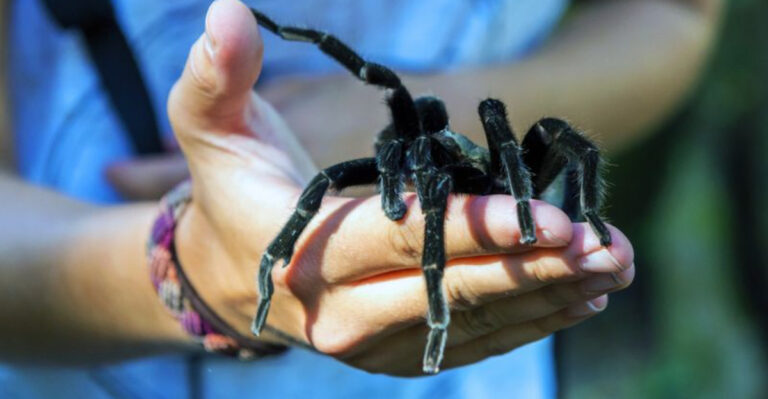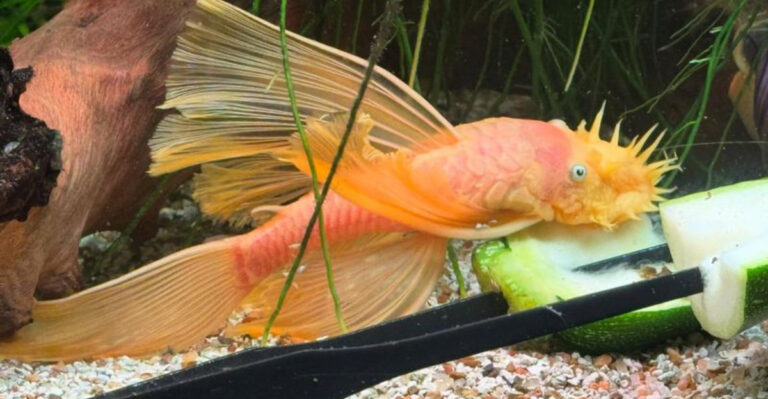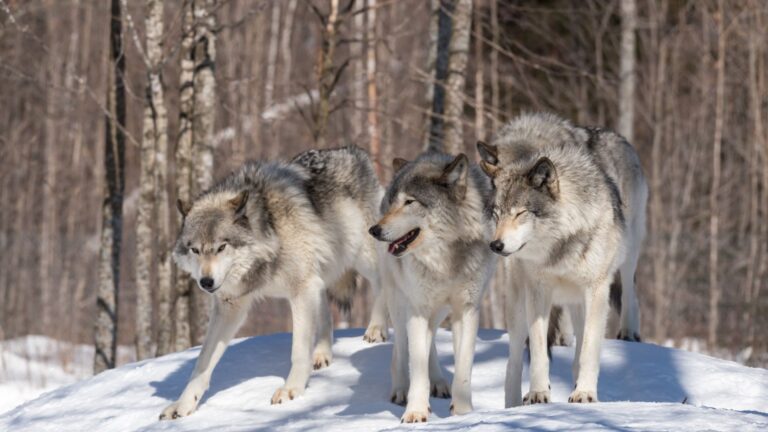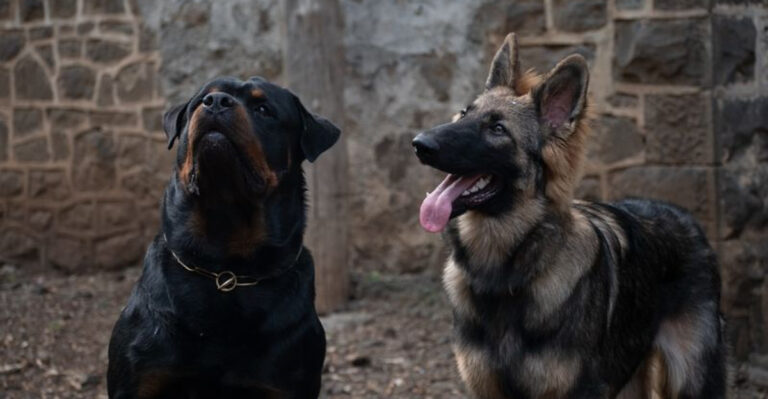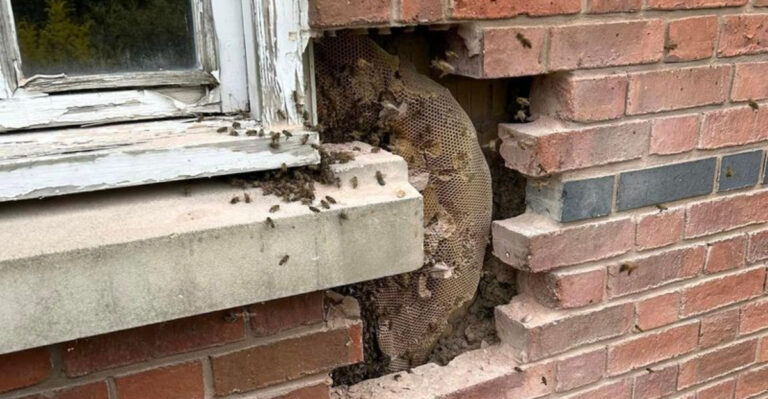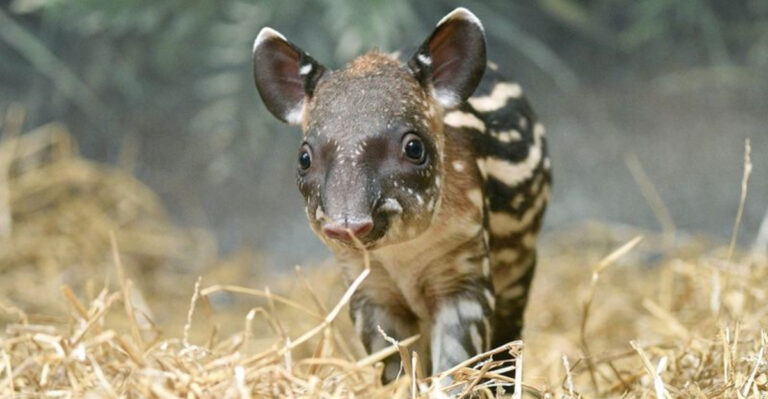To Hop Or Not? The 9 Best (And Worst) Frogs To Own As Pets
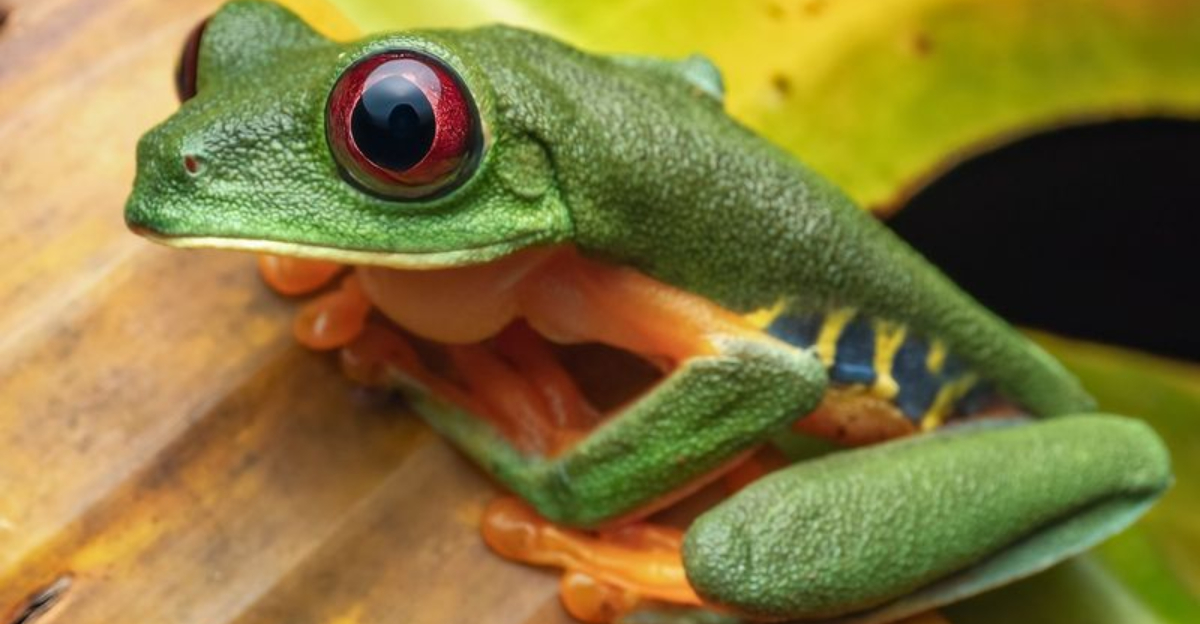
Frogs are quirky, cool, and totally different from your average pet. But not all of them are easy to care for. Some frogs are great for beginners, while others are best left to the experts.
Knowing the difference can save you a lot of stress (and slime). In this post, we’ll break down the best and worst frogs to keep as pets – no guesswork needed!
1. Oriental Fire-Bellied Toad
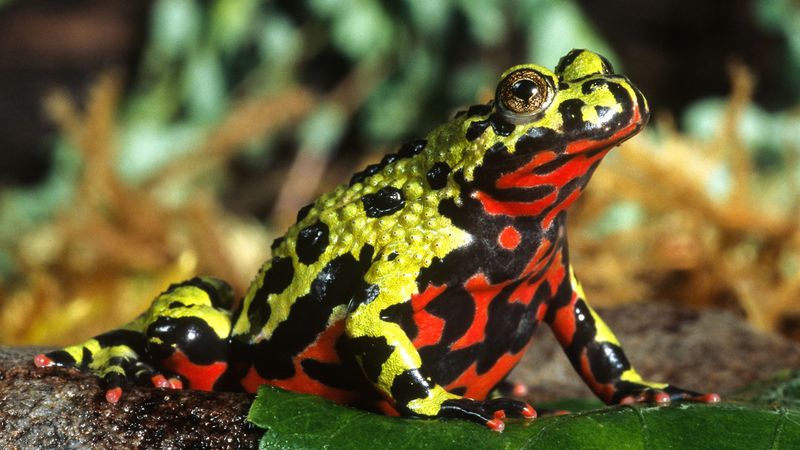
The Oriental Fire-bellied Toad is a total eye-catcher with its bright belly and bouncy personality. It’s a favorite for beginners thanks to its low-maintenance care.
They thrive in a semi-aquatic setup with both land and water to explore. Add plants and hiding spots, and they’ll stay happy and active.
Just be cautious—when stressed, they release mild toxins, so always handle with gloves or wash up afterward. These little guys are fun to watch and full of charm!
2. Budgett’s Frog (Or Paraguay Horned Frog)
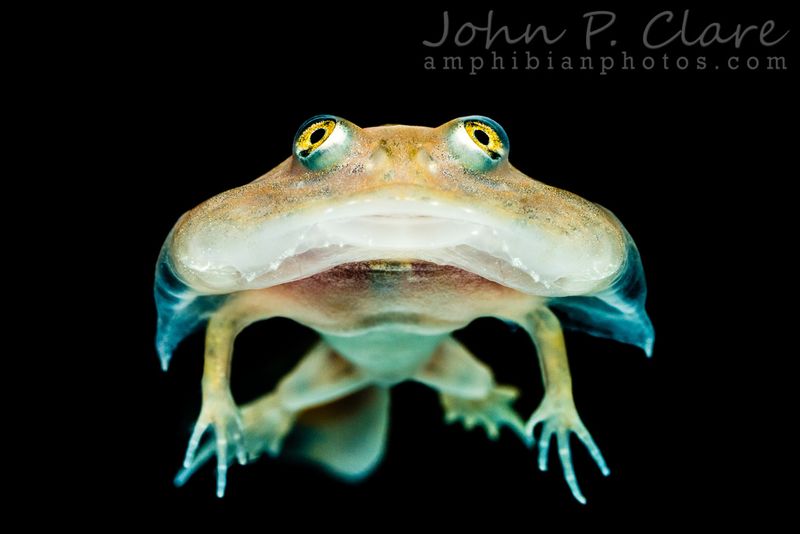
Budgett’s Frog is a quirky-looking amphibian with a big mouth and even bigger personality. They’re great for those who love oddball pets and easy care.
These frogs do well in shallow water with clean conditions and a soft, sandy bottom. Just watch your fingers—they’re enthusiastic eaters!
Their weird habits and funny faces make them super entertaining. But heads up—they can be loud and startling when they get going!
3. White’s Tree Frog
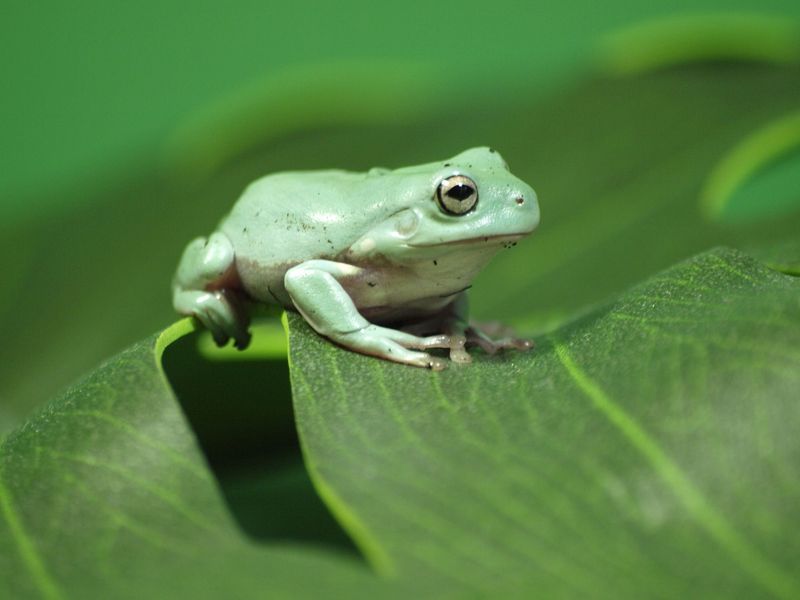
White’s Tree Frog, also called the Dumpy Tree Frog, is a chill and chunky little buddy that’s perfect for beginners.
Native to Australia and New Guinea, they’re known for their sweet faces and relaxed personalities.
They’re super forgiving with care—just give them a humid tank, climbing spots, and regular insect snacks. Unlike many frogs, they don’t mind a gentle handle now and then.
These frogs can live up to 15 years, making them a fun, long-term pal. With their goofy looks and easygoing vibe, it’s no wonder they’re so popular!
4. African Bullfrog
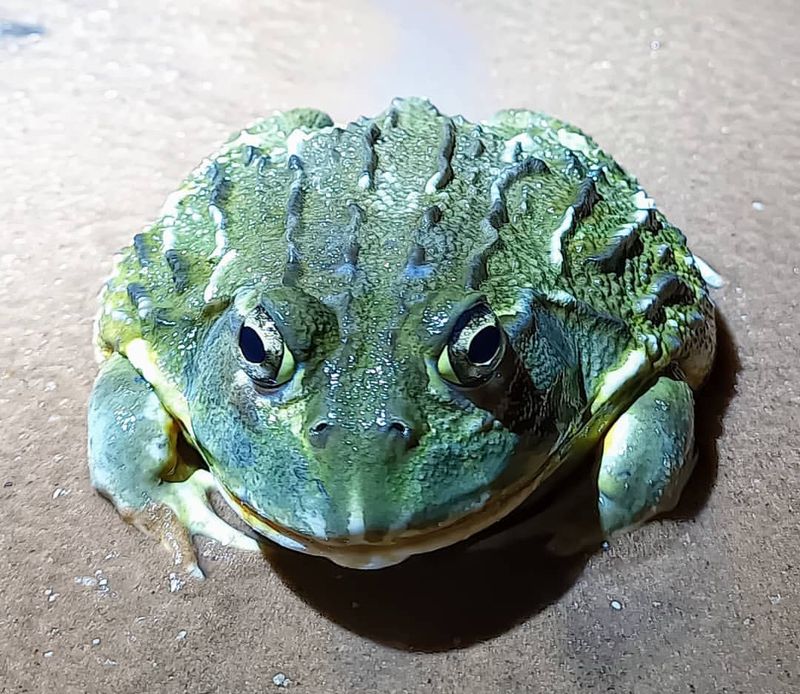
The African Bullfrog, also called the Pixie Frog, is a giant among frogs—literally! With its hefty size and powerful build, it’s a favorite for those who love impressive amphibians.
They need a roomy setup with a shallow water dish and a dry, savanna-like environment. Feeding time gets intense—they’ll eat anything they can fit in their mouth, so watch your fingers!
These frogs can live over 20 years but aren’t beginner-friendly due to their size and care needs. They prefer to be left alone, so look—but don’t touch!
5. Pacman Frog
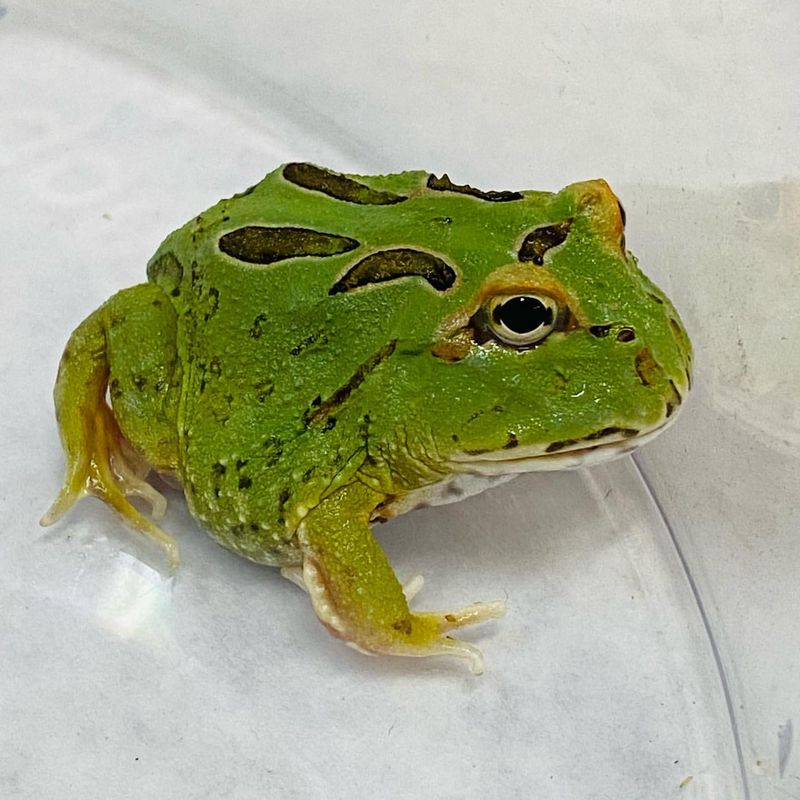
The Pacman Frog is a chubby, big-mouthed cutie that looks just like the classic video game character. Found in all sorts of fun colors, they’re a favorite for frog fans who want personality in a small package.
They love a humid terrarium with lots of hiding spots and don’t move around much—but they sure love to eat!
Easy to care for and fun to watch, they’re great for laid-back frog keepers. Just don’t house them with others—they like their space and aren’t into sharing!
6. Tiger Leg Monkey Frog
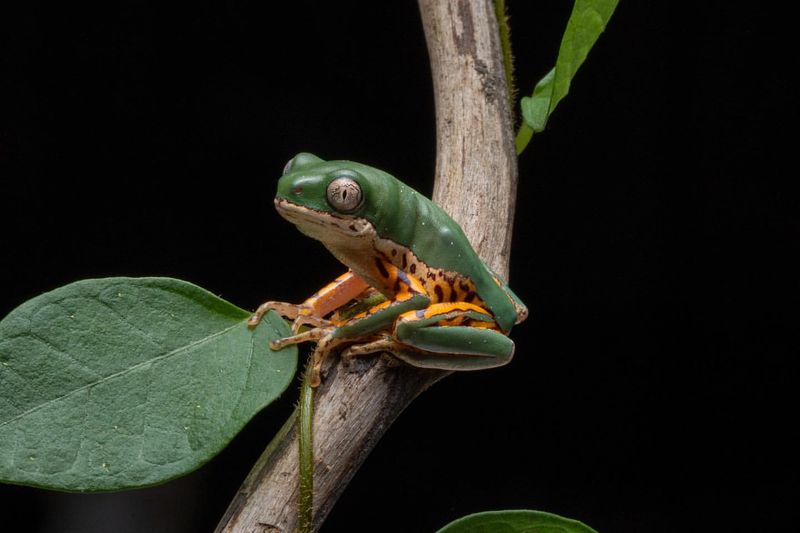
The Tiger Leg Monkey Frog is a stunning little climber with bright orange legs and serious tree-dwelling skills. Native to South American forests, they need a tall, plant-filled terrarium to feel at home.
They’re nocturnal, so you’ll hear their charming calls at night while they hunt tiny insects. These frogs are a bit high-maintenance, so they’re better suited for experienced frog keepers.
Handling isn’t recommended—they’re delicate and stress easily. But if you’re up for the challenge, watching them leap and lounge is totally worth it!
7. Dart Frog
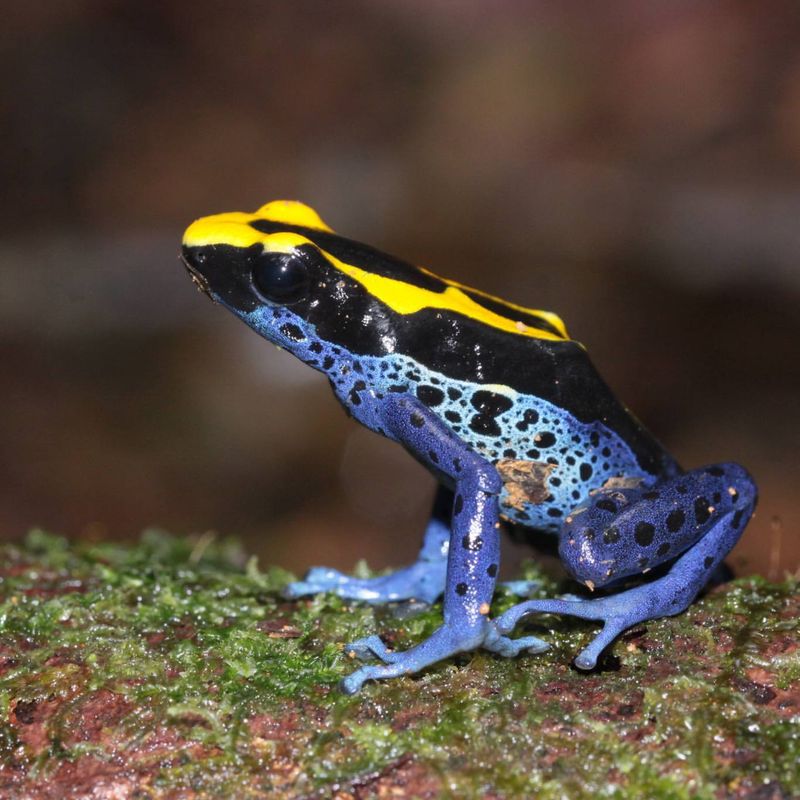
Dart Frogs are tiny, brightly colored gems that bring serious wow factor to any terrarium.
Native to Central and South America, they need a warm, humid setup full of live plants to feel at home.
They’re active during the day, so you’ll get to enjoy their bold colors and lively behavior. While they’re non-toxic in captivity, their delicate skin means no handling, please!
Feeding involves small insects like fruit flies, and regular upkeep is a must.
These frogs are best for experienced keepers who can maintain their tropical vibe just right.
8. Red-Eyed Tree Frog
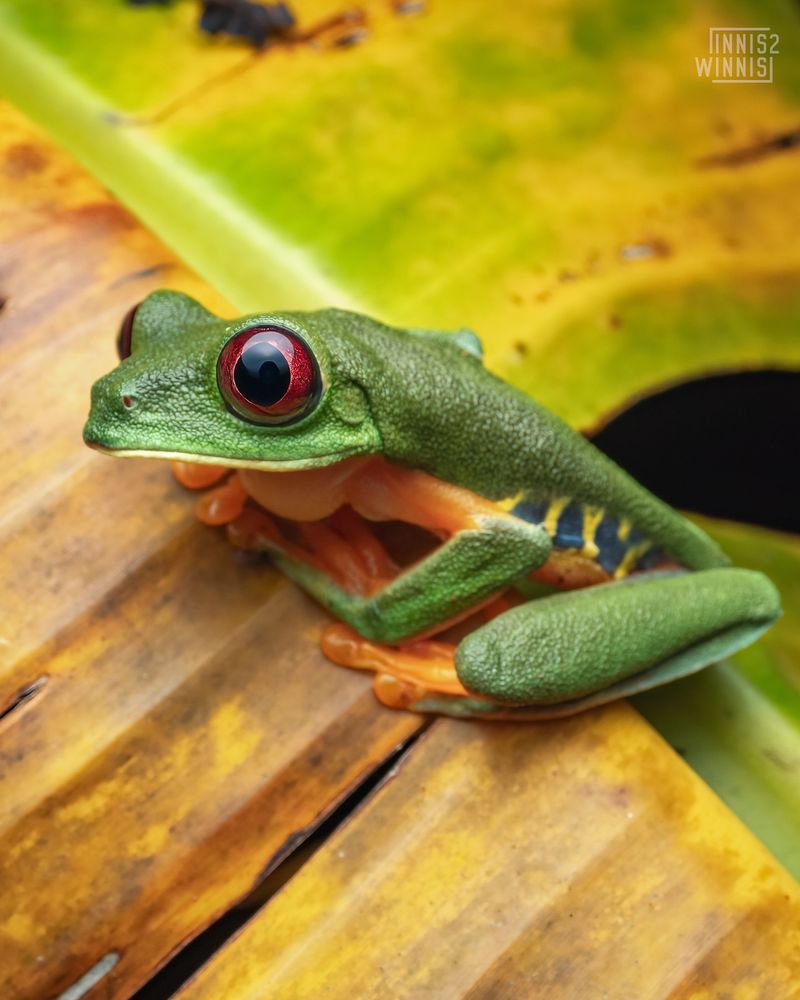
The Red-Eyed Tree Frog is a total showstopper with its bright green body and bold red eyes. It’s a favorite for its looks—and it’s beginner-friendly too!
These rainforest natives need a humid terrarium packed with plants and regular misting to stay happy.
Insects like crickets are their go-to meals, but don’t forget the calcium dusting!
Keep an eye on temp and humidity—they’re sensitive to changes. While they’re fun to watch (especially at night), it’s best to admire them without too much handling.
9. Cane Toad
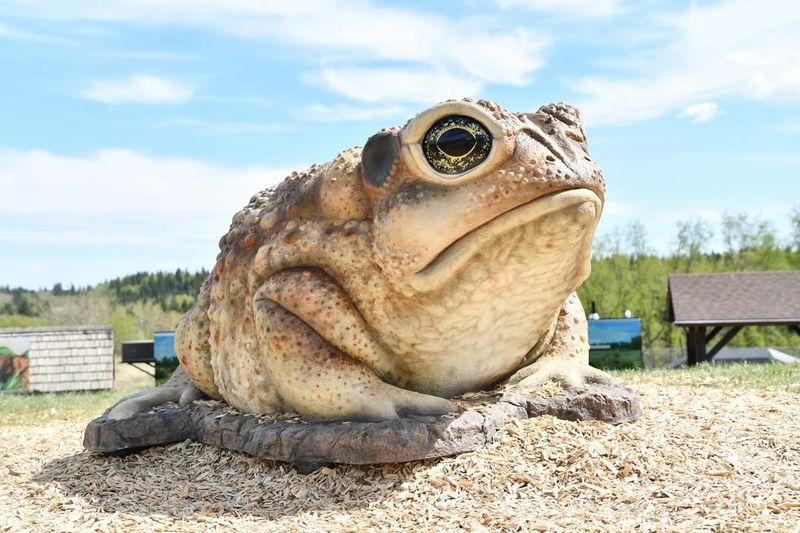
The Cane Toad might be tough and easy to care for, but it’s not the best pet choice for most people. Native to Central and South America, it’s now invasive in many areas and poses big risks to local wildlife.
They have a huge appetite and eat just about anything—but they also secrete toxins that can harm other pets and even people. That makes them a no-go for homes with kids or animals.
While they can live over 10 years, they’re not ideal for handling or beginner keepers. Their impact on ecosystems means they’re best admired from afar, not from your living room.

